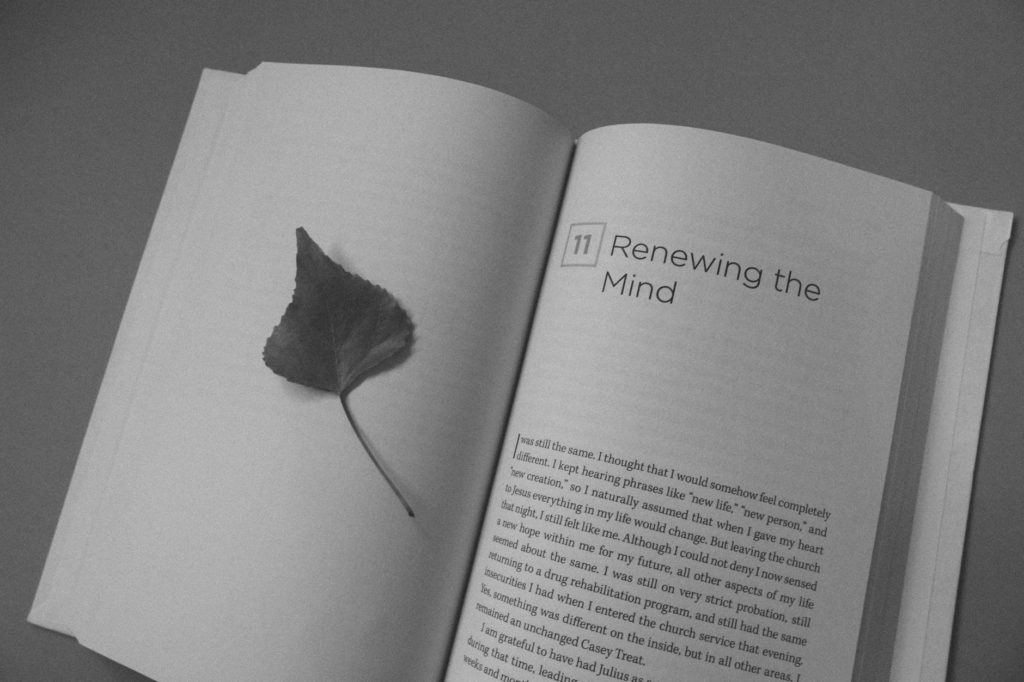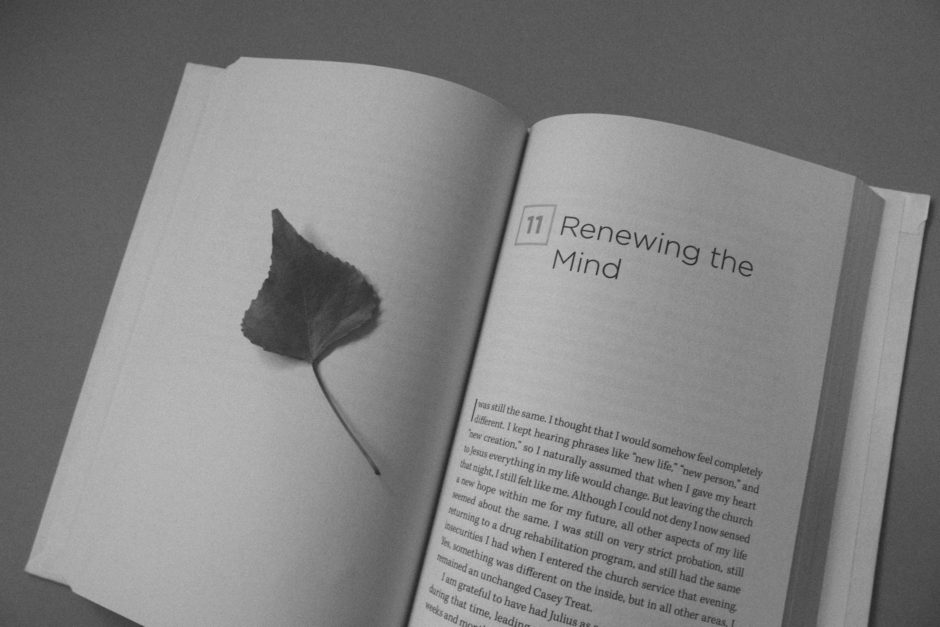Kurt Vonnegut in Welcome to the Monkey House wrote,
“A sane person to an insane society must appear insane.”
In 1971 Joseph Chilton Pearce, in The Crack in the Cosmic Egg, wrote of consensus reality as conditioned, uncritically examined group beliefs. I remember my first encounter with it. It was 1962 and I was in 6th grade. Some man dressed in the typical suit, white shirt and tie of that period entered our gifted program classroom. He informed us that because the Russians had just launched the Soyuz rocket that there would be jobs for us in mathematics and engineering; and “not to worry” because we were being prepared and trained for those jobs.
He was p robably mainly talking to the boys, but that didn’t occur to me while in my head I heard my own voice screaming, “But what about what I want!?” The image that spontaneously arose was that of a giant machine that ground us up and fed us into a tumbler where we were encased like sausages and expelled in perfect uniformity. (I’m fairly certain that I had never been exposed to a similar depiction in Charlie Chaplin’s Modern Times).
robably mainly talking to the boys, but that didn’t occur to me while in my head I heard my own voice screaming, “But what about what I want!?” The image that spontaneously arose was that of a giant machine that ground us up and fed us into a tumbler where we were encased like sausages and expelled in perfect uniformity. (I’m fairly certain that I had never been exposed to a similar depiction in Charlie Chaplin’s Modern Times).
For the masses insane behavior can pass for normalcy; and the truth is that insanity is and has been alive and well, is well-funded, advertised, promoted, and socially approved. If you can’t see the insanity, I suggest you ask yourself …..
“What sane person could live in this world and not be crazy?”
Ursula K. LeGuin
Consensus reality can be developed consciously or unconsciously and at a very early age. Many who inculcate it in others do not realize that they have been subject to an insidious form of brainwashing (not unlike an hypnotic trance) passed from one generation to the next. It is not unlike an epidemic virus spread by people who do not know they are infected. It is a way to indoctrinate and control behavior, whether for good or ill, in which adherents not only refuse to consider any evidence that might cause them to question or alter their behavior, but may even have learned to block it from their perceptions.
As Hans Christian Anderson showed in the story of the Emperor’s New Clothes when no one dares to say the Emperor is naked, all will make themselves believe that they don’t see what they see or see what isn’t there. Regrettably, in real life, even when someone says, “No! The Emperor is naked,” masses will hold on to their pretense. The drive to be right, the need and pressure to be part of the collective power of the group defines the perception of reality even in the face of proof and all evidence to the contrary. The individual’s innermost truths are squelched.
Salmon Rushdie said,
“…. surrealism it seems is the new realism..”
Consensus reality can lead to totalitarianism and a conformity that controls the minds, hearts and actions of those subjected to it (think Nazi Germany). Its influence, like a pandemic, is deeply disturbing. Is it curable?
The concept of the “contrary” exists in both Taoist and Native American cultures. Legend has it that in the first millennium a Taoist, Zhang Guo Lao, considered the popular notion that we would today call “getting ahead”–becoming wealthy, powerful, gaining prestige, satisfying every desire–was not forward progress but, in spiritual terms, backward movement. He demonstrated by riding backward upon his donkey that people were moving away from their own humanity .
In the North American indigenous Lakota tradition the same kind of sacred satire was performed by the heyoka. This spiritually-appointed court jester or “fool” of the Plains made an important point by doing everything backwards—wearing clothes inside out, walking or riding his horse backwards. The role included asking the difficult questions and saying the things others were too afraid to say; and to serve as a mirror so that people in his tribe would examine their behavior and perhaps think differently.
This is a call to all people who are reading this to become contrary, to wake up from whatever hypnotic spell has you in its grasp. Stop shouting at each other. Stop listening to the constant drumbeat of same-thought, stop dulling your senses with distractions, practice opening your perceptions the new, stop the patterns that have been planted in your minds and hearts, that are not your own.
The only basis of freedom is to be free—free to think, feel, and to act for yourself out of your own deepest sense of knowing.
PLEASE. FREE YOUSELF NOW. Embrace sanity.



